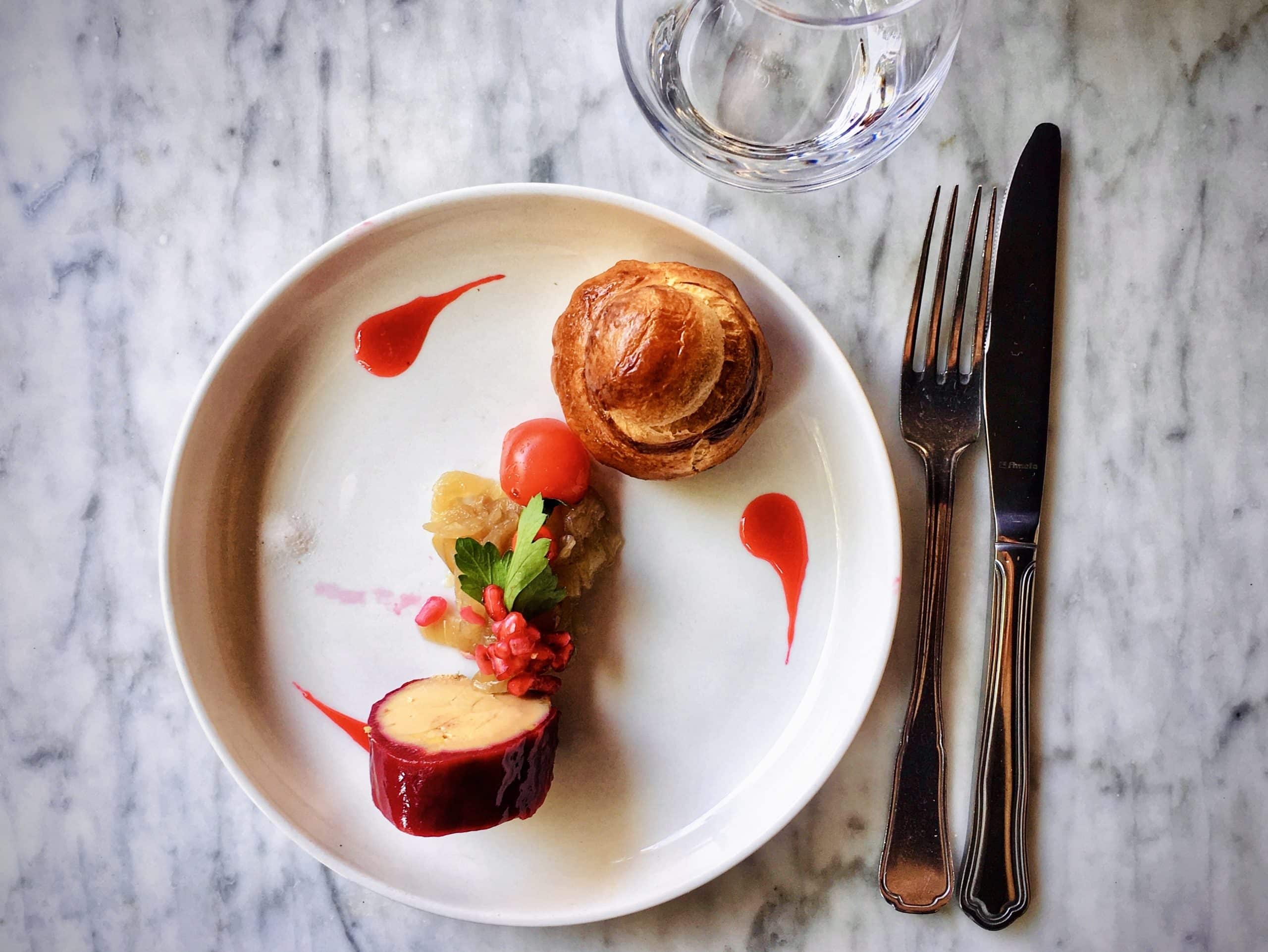There is a mystery hidden within each bite of the Ethiopian national dish, Doro Wat with Injera. This popular dish is a sensory delight that boasts a blend of unique flavors and textures that are all at once spicy, tangy, and comforting. What exactly goes into creating this perfect harmony of taste and texture? Today, we will unlock the secrets of this beloved dish and provide a detailed guide on how to make a perfectly balanced Ethiopian Doro Wat with Injera.
The Unmissable Flavor of Ethiopian Doro Wat
The star player of this dish is Doro Wat, a spicy chicken stew that is flavorful and rich. It is the epitome of Ethiopian culinary tradition and the heart of the dish. The secret to its vibrant, deeply satisfying taste lies in its careful preparation and the use of special Ethiopian spices.
A lire également : How to Make a Hearty Italian Minestrone Soup with Fresh Vegetables?
To get the flavor of Doro Wat just right, you need to master the art of slow-cooking. Cooking the stew for a long time allows the flavors to meld and deepen, resulting in a meal that is both flavorful and comforting.
The chicken in Doro Wat is traditionally marinated in lemon juice before being cooked. This helps to tenderize the meat and infuse it with a tangy flavor that balances the heat of the spices. The marinating time is crucial to the dish’s flavor, so don’t rush it.
Cela peut vous intéresser : Can You Prepare a Gourmet Jambalaya with Andouille Sausage and Shrimp?
The heat in Doro Wat comes from Berbere spice, a fiery Ethiopian spice blend that is added to the stew in generous amounts. Berbere spice is a blend of chili peppers, fenugreek, paprika, ginger, cardamom, and other spices. The exact blend varies between different regions of Ethiopia, but it always delivers a robust blend of heat and flavor.
The Contrast of the Injera Bread
Served with the Doro Wat is Injera, a sourdough flatbread that offers a tangy counterpoint to the stew’s spicy flavors. It is more than just a companion to the stew – it is an essential part of the dish, offering a soft, spongy texture that contrasts with the rich, thick consistency of the Doro Wat.
Injera is made from a grain called teff, which is fermented to give the bread its distinctive sour flavor. The fermentation process takes time, typically a few days, and the batter is usually left to rise overnight before being cooked.
Injera is cooked on a large, flat griddle, and the result is a thin, spongy bread with a slightly bubbly surface. The bread is then used as a utensil to scoop up and eat the Doro Wat, making the eating experience a tactile one as well.
Balancing the Heat of the Doro Wat
Making a perfectly balanced Doro Wat requires care in managing the heat of the dish. The Berbere spice adds not only flavor but also a significant amount of heat to the dish. It’s essential to balance this with the tangy, cooling effect of the Injera and other elements in the recipe.
One key to achieving this balance is to add the Berbere spice gradually, tasting as you go. This allows you to adjust the heat level to your preference.
Another key aspect of balancing the heat is to include cooling elements in your Doro Wat. For instance, the recipe calls for onions, which when cooked slowly, lend a sweetness to the stew that can counterbalance the heat. Also, adding a touch of honey or a dollop of yogurt can help temper the spice.
The Dance of the Ingredients in the Cooking Process
The magic of Doro Wat lies in the interplay of ingredients during the cooking process. The chicken, Berbere spice, onions, and other ingredients are added at different stages of cooking, allowing each one to contribute its unique flavor to the dish.
First, the onions are cooked until they’re golden and caramelized. This brings out their sweetness and forms the base flavor of the stew. The Berbere spice is then added and cooked for a few minutes to release its flavors.
Next, the chicken is added and cooked until it’s well coated in the spice mixture. The stew is then simmered slowly, allowing the flavors to meld together over time. The stew is finished with a generous dollop of spiced butter, which adds a layer of richness and depth to the dish.
In the end, the secret to a perfectly balanced Ethiopian Doro Wat with Injera lies in the careful blending of ingredients, the control of heat, and the harmony of flavors and textures. With patience and attention to detail, you can create a dish that is as deeply satisfying as it is distinctive.
The Awe-Inspiring Impact of Niter Kibbeh
A significant secret to the flavor depth in Doro Wat is Niter Kibbeh, a seasoned clarified butter that is a staple in Ethiopian cuisine. This butter is infused with a melange of spices including black pepper, cardamom, and fenugreek, which add another layer of complexity to the Doro Wat.
Niter Kibbeh is typically prepared by melting butter and allowing it to simmer with a generous mixture of spices. This simmering lets the butter absorb the intricate flavors of the spices, creating a rich, aromatic butter. The solids are then strained out, leaving a clear, golden butter that is ready to add depth to any dish.
In the Doro Wat, the Niter Kibbeh is added towards the end of the cooking process, just before the stew is left to simmer. This ensures that the delectable essence of the spice-infused butter permeates through the stew without overpowering the other flavors.
When paired with the fiery Berbere spice and the tangy Injera bread, the Niter Kibbeh contributes to a symphony of flavors that is the hallmark of a well-made Doro Wat. It’s no exaggeration to say that this versatile ingredient can bring a touch of authentic Ethiopian flavor to any dish it graces.
Accompaniments to Doro Wat: Hard Boiled Eggs and More
To further enrich the Doro Wat experience, traditional Ethiopian accompaniments are often included. A typical addition is hard-boiled eggs. These are added to the stew towards the end of the cooking process, allowing them to soak up the sauce’s rich flavor. The eggs provide a protein-packed bite that contrasts with the tender chicken and the soft Injera bread.
In addition to eggs, Doro Wat is often served with a variety of vegetable sides. These can range from sautéed spinach to lentil stews, each adding different flavors and textures to the meal. The beauty of Ethiopian food lies in its diversity and the ability to mix and match different dishes to create a meal that is uniquely satisfying.
Conclusion: The Unforgettable Experience of Ethiopian Doro Wat
In conclusion, the secret to a perfect Ethiopian Doro Wat with Injera lies not only in the ingredients but also in the time-honored cooking techniques. This flavorful chicken stew embodies Ethiopian culinary tradition, with its layers of spice, heat, and tang. The slow-cooking process brings all these flavors together, while the Injera bread and Niter Kibbeh add contrasting tastes and textures.
Making Doro Wat is a labor of love that requires patience and a keen understanding of spices. However, the result is a gluten-free, protein-rich meal that pleases the palate and warms the soul. Whether you’re new to Ethiopian cuisine or a seasoned enthusiast, Doro Wat is a dish that promises an unforgettable dining experience. So, get your teff flour ready, crack open your spice mix, and prepare to embark on a culinary journey to the heart of Ethiopia.






